8-foot-tall pagan idol unearthed in Irish bog
Pagans carved it before Ireland converted to Christianity.

A 1,600-year-old pagan idol, made from a wooden pole carved from an oak tree, has been unearthed in a bog in western Ireland.
Archaeologists say the idol dates to the very late stage of pagan Ireland, only about 100 years before the conversion of the Irish to Christianity during the mission of St. Patrick in the fifth century.
The idol appears to have been broken in two — a common practice with sacrificial objects, perhaps signifying that it was "dead" and could no longer be used — and deliberately deposited in the bog, maybe as a substitute for a human sacrifice or "bog body," according to the archaeologists.
Related: 25 cultures that practiced human sacrifice
The excavations show that the site in the rural area of Gortnacrannagh, in County Roscommon, was considered a pagan holy place for thousands of years, Eve Campbell, an archaeologist at Archaeological Management Solutions who led excavations at the site, told Live Science.
"It was a sacred bog, a place that would have been special or important for several thousand years, from the late Neolithic all the way through to the early medieval period," she said. "People came and deposited objects, like our idol, into the wetland — essentially a fen [a strip of marshy land] along a river."
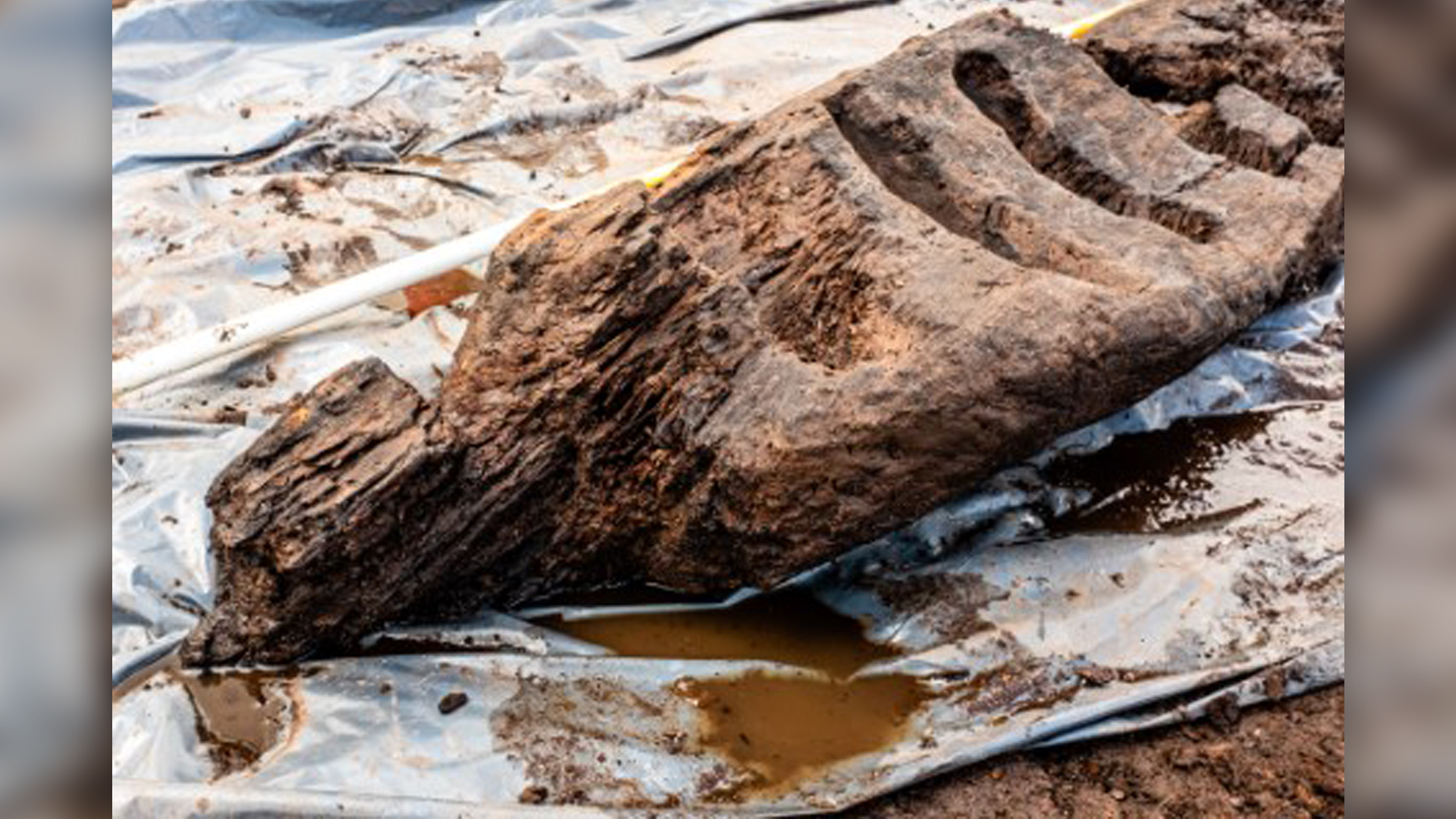
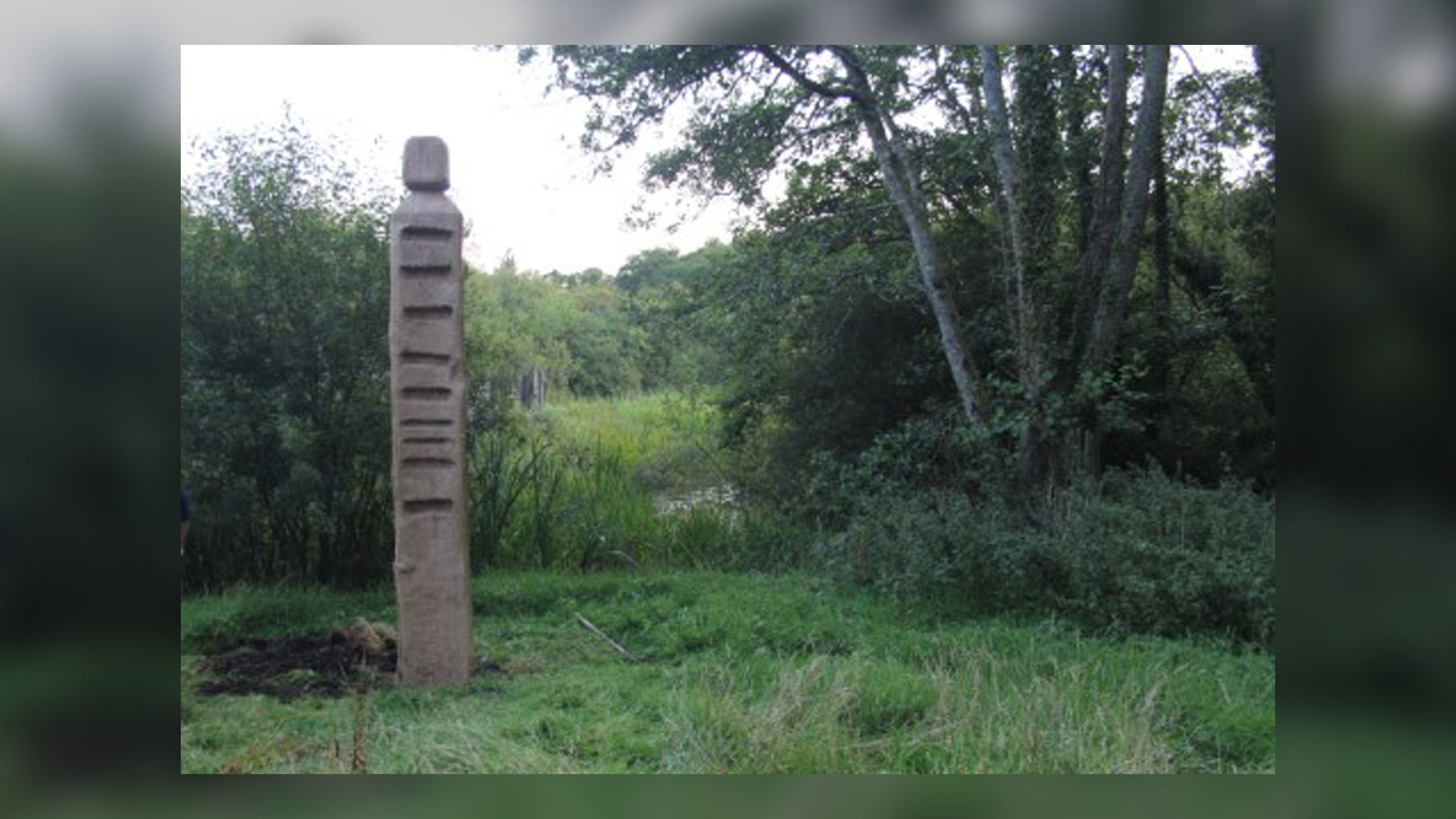
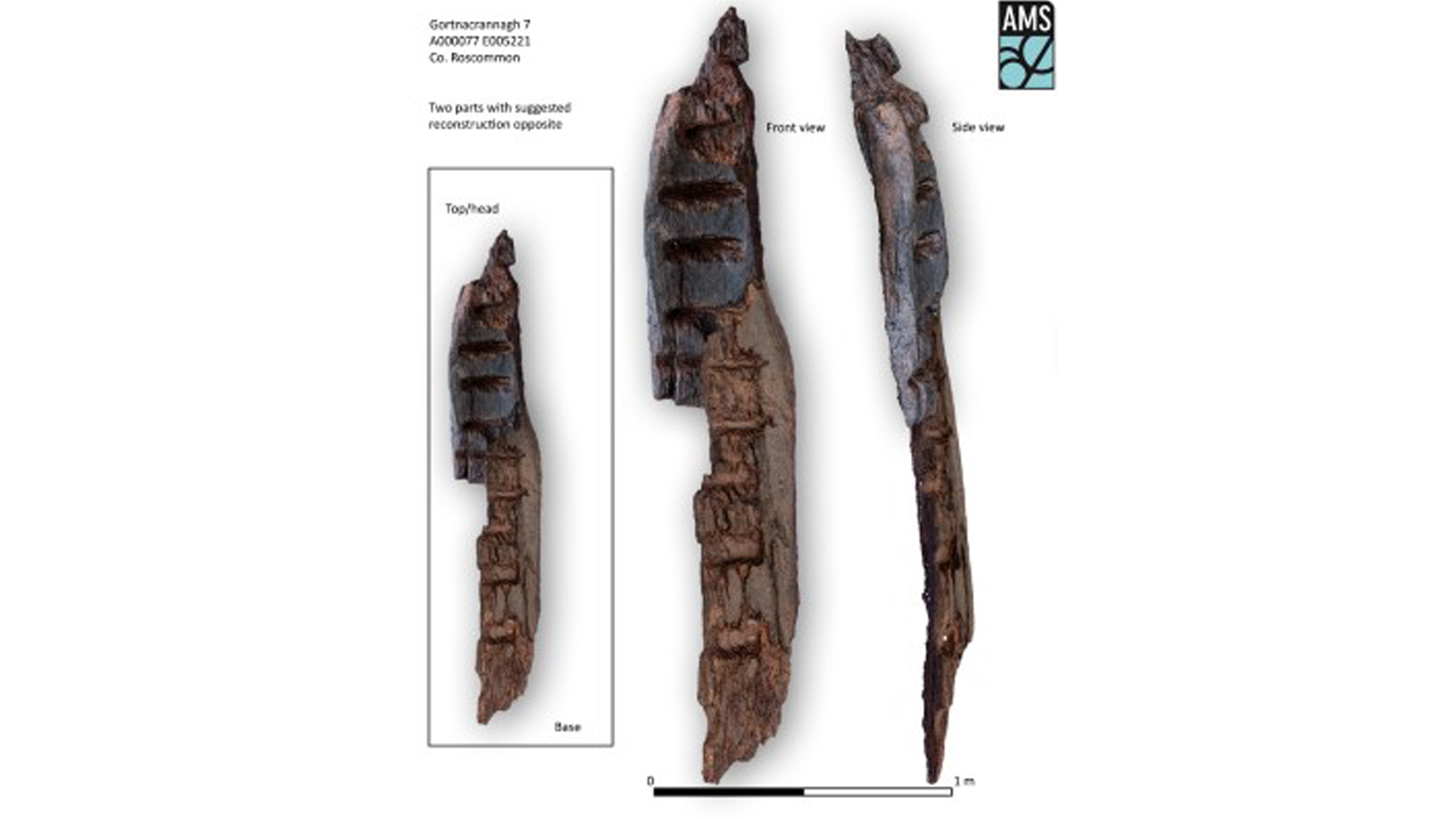
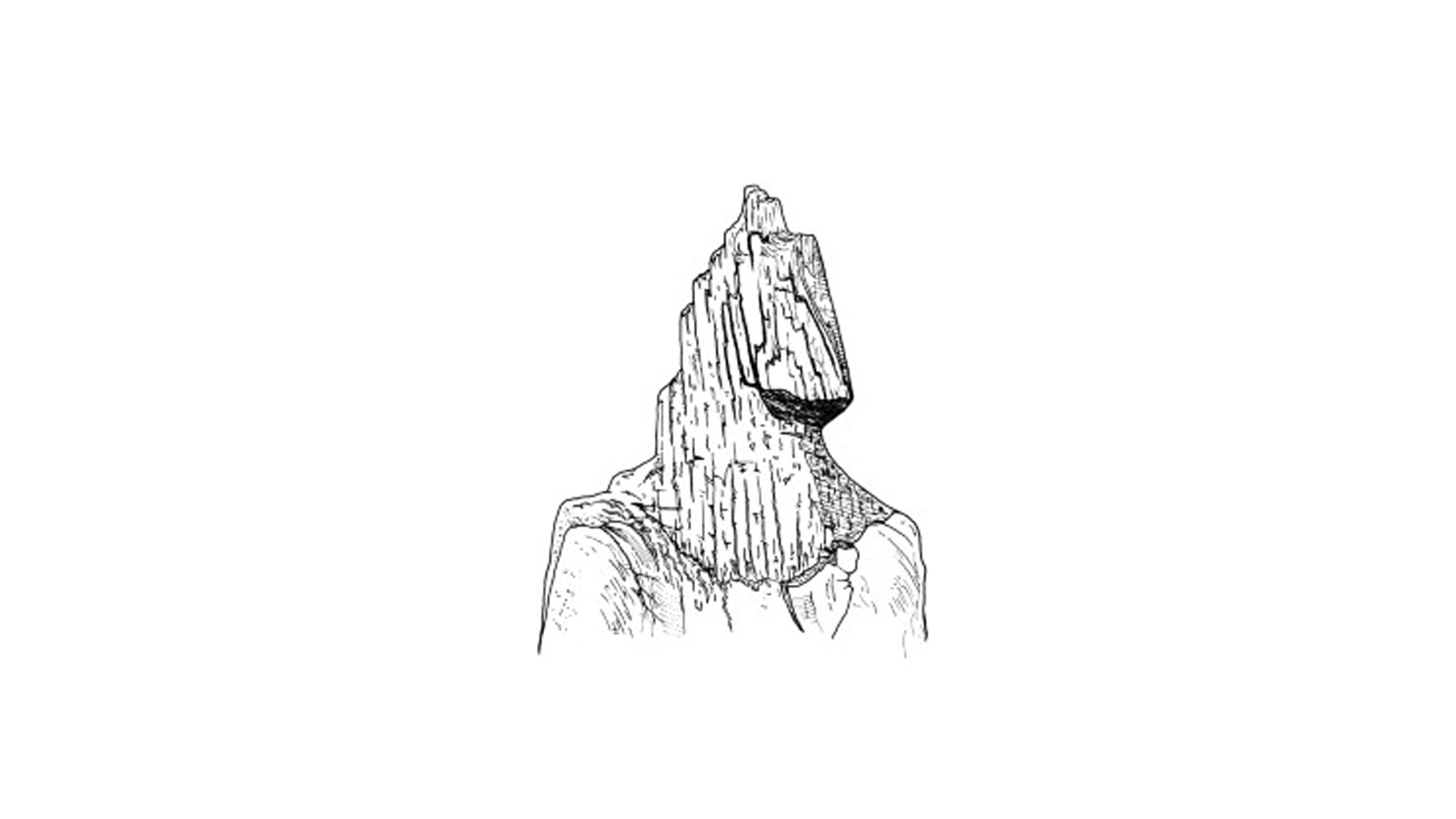
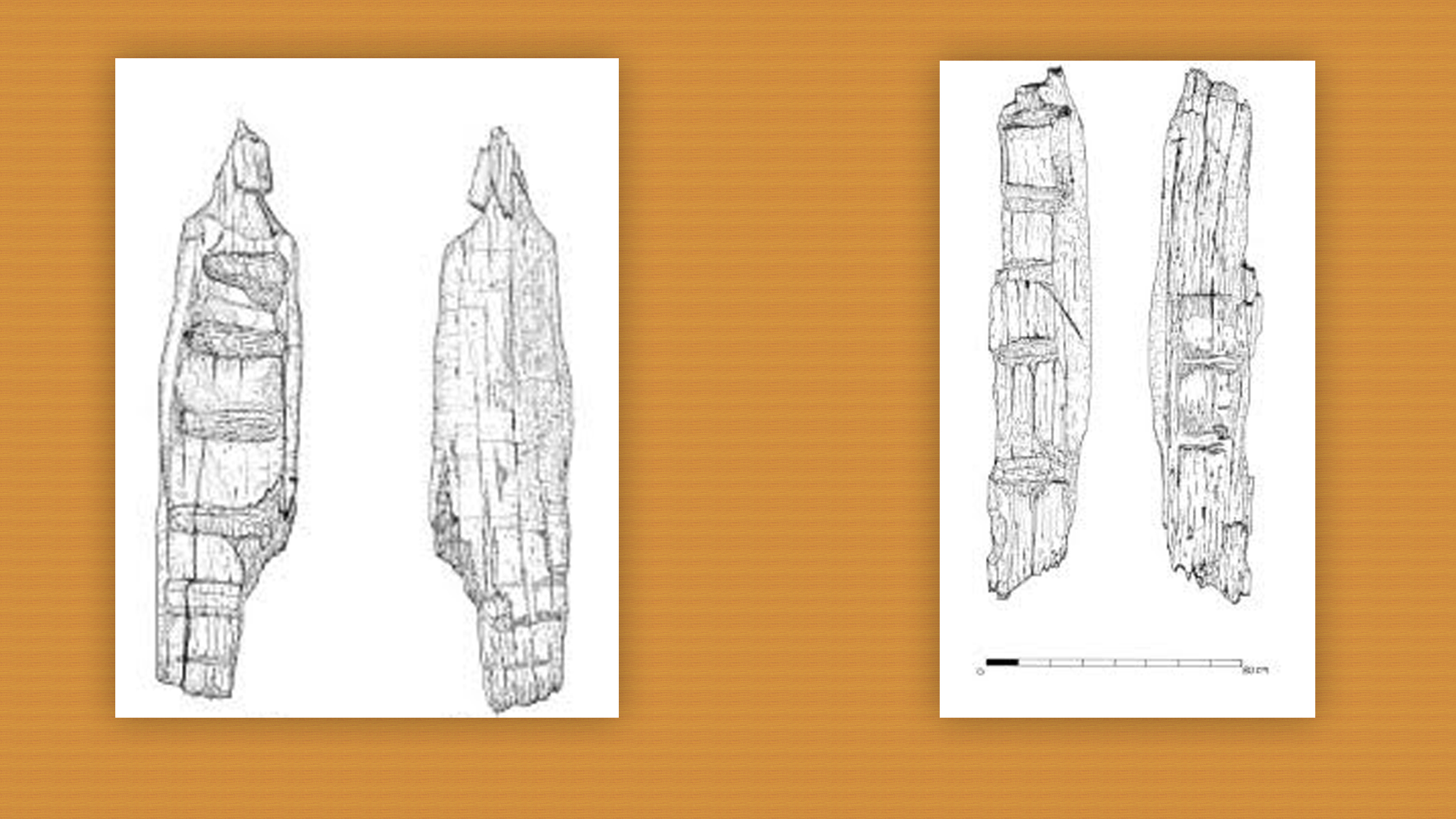
Pagan idol
The idol is about 8 feet (2.5 meters) tall and pointed at the lower end so it could stand upright in the ground, Campbell said. The top end was carved into the shape of a human head, but that has now mostly rotted away. Nine horizontal notches carved along the idol's body may have represented its rib cage.
Sign up for the Live Science daily newsletter now
Get the world’s most fascinating discoveries delivered straight to your inbox.
Similar wooden idols have been found throughout Northwest Europe, including the 12,000-year-old Shigir idol, which was found in Russia in 1890.
A dozen such idols have now been found in Ireland alone, often dating to the northern European Bronze Age (from about 3,500 to about 2,500 years ago), but the recently discovered object appears to be both the largest and the newest of these; radiocarbon dating shows it was made from the trunk of an oak tree that was felled in the fourth century.
"One of the really exciting things about the idol is its late date, because it's at the very end of the Iron Age, and it's on the verge of Ireland becoming Christianized," Campbell said. "So, in that sense, it's given us an interesting insight to the kinds of practices that people were engaging in on the eve of Christianization."
Other objects the archaeologists have found at the site include several different sets of human remains — mostly skull fragments, but in one case, an entire skull without the jawbone. These bones were likely carried from burials elsewhere and deposited in the fen or bog, she said.
The archaeologists also found hundreds of animal bones, suggesting the site was frequently used for animal sacrifices; a ritual dagger made of iron; many pieces of pottery; and the remains of a trackway and a wooden platform that once extended into deeper water, presumably so that people could safely access it from the shore, Campbell said.
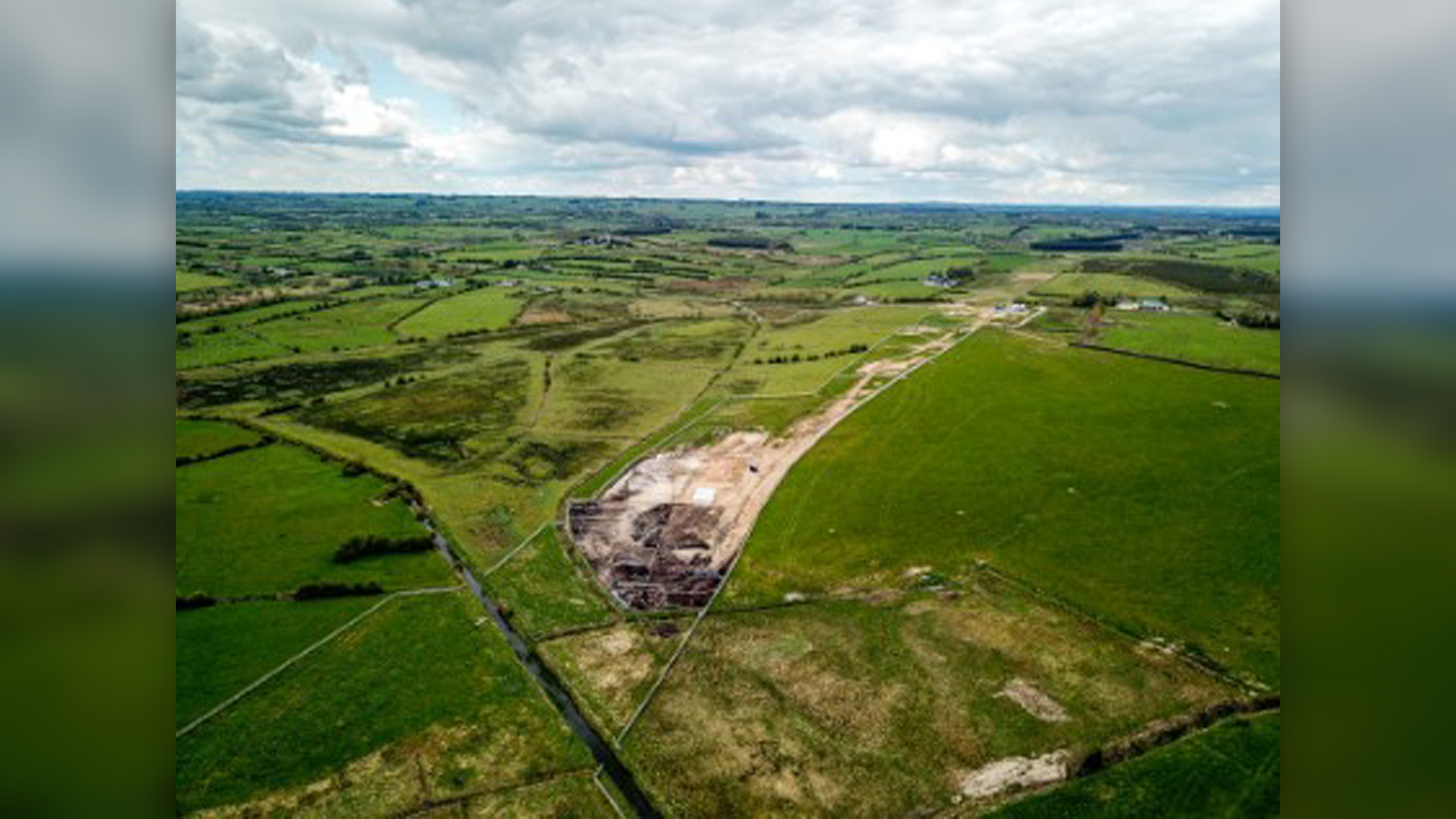
Sacred site
The team found the wooden idol almost a year ago, but the discovery was kept secret as archaeologists carefully excavated around it and removed it.
"When we found the object, we knew it was something important," Campbell said. "But we had to keep it quiet until the site was finished."
Wood rots quickly when it is exposed to the air, so the idol is now undergoing a lengthy conservation process at University College Dublin.
"The idol was found in the very beginning of the excavation, and so we've had a year to finish excavating the rest of [the site]," she said. "We're now in a position to make everything public."
After three years of conservation, the idol will go on display at the National Museum of Ireland. Campbell and her colleagues also have made a wooden replica showing the idol as it would have appeared before its head and body rotted away.
The replica idol will go on display at a museum in the nearby village of Tulsk dedicated to the archaeological sites at Rathcroghan, about 3 miles (5 kilometers) from the bog where the idol was found. Those sites are the remains of what is thought to be a royal Irish settlement that lasted from more than 5,000 years ago, during the Neolithic, until about 1,600 years ago, during the Iron Age.
Campbell said it's likely that the sacred site at Gortnacrannagh was a part of the complex of ancient sites at Rathcroghan. "They definitely would've been contemporaneous to some extent, and trying to understand the link between the two is something that we're definitely very interested in," she said.
Originally published on Live Science.
Tom Metcalfe is a freelance journalist and regular Live Science contributor who is based in London in the United Kingdom. Tom writes mainly about science, space, archaeology, the Earth and the oceans. He has also written for the BBC, NBC News, National Geographic, Scientific American, Air & Space, and many others.









